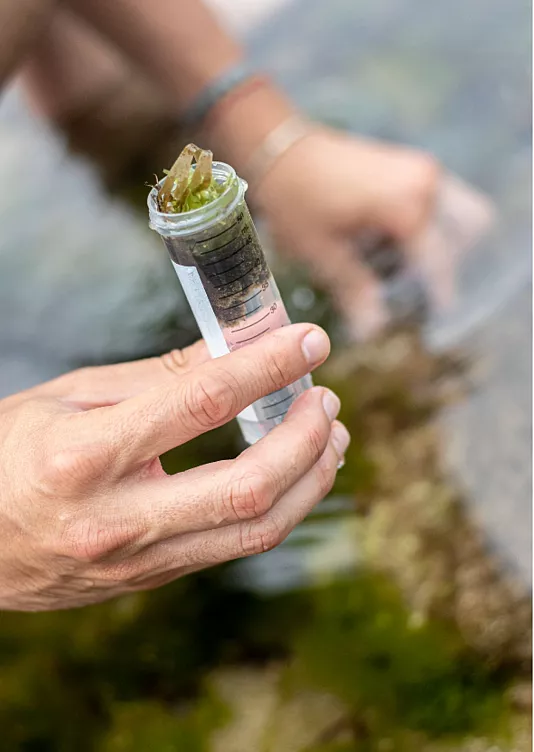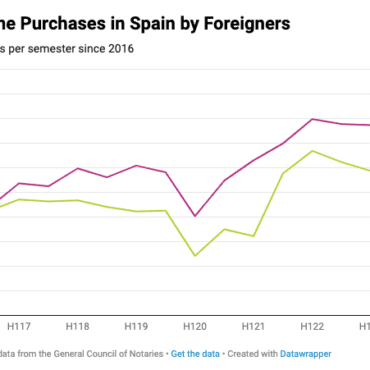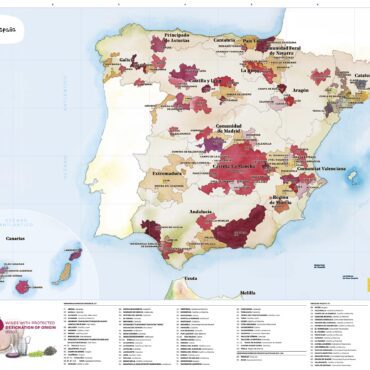-
 play_arrow
play_arrow
BayRadio Listen Live Broadcasting in Spain


Rising Sea Temperature Triggers Genetic Alterations in Algae. Toxic Algae Resurfaces on Spanish Coasts, Mimicking Flu-like Symptoms in Bathing.
‘Ostreopsis,’ a tropical algae, first detected on the Catalan coast in the late 1990s, is now considered an invasive species that has steadily spread over the years, according to Magda Vila, researcher at ICM-CSIC.
In 2003, the first cases emerged of bathers experiencing respiratory symptoms akin to the flu after prolonged water exposure. It was detected in the Mediterranean and has recently appeared in the Basque Country, Atlantic region, and Portugal.
The symptoms, as stated by Magda Vila, include “runny nose, throat irritation, a feeling of tightness in the neck, coughing, and occasionally, fever, though uncommon.” Due to climate change, this invasive species has continued to spread, particularly in rocky beaches with macroalgae. No need for alarm, as infection risk depends on the ‘bloom’ or exponential phase of the algae when toxins are released. There’s no danger if the algae isn’t in that stage during one’s time in the sea.
It’s essential to know that contagion doesn’t require direct contact with seawater; “marine aerosols” from the algae disperse into the air, leading to symptoms when inhaled. These signs can manifest after spending approximately four hours on the beach, but symptoms usually subside within a few hours. Caution is especially advised for asthmatic individuals and children. Climate change’s influence is directly affecting the proliferation of these organisms, as the Mediterranean Sea undergoes “tropicalization,” leading to warmer waters.
Written by: BayRadio News
Similar posts
Recent Posts
- Robotic Surgery for Prostate Cancer: What Is Radical Prostatectomy and How Does the Da Vinci Robot Improve It
- What Is Fibromyalgia? Symptoms and Treatments of an Invisible Illness That Requires Specialized Attention
- AMASVISTA Glass: 10 reasons to choose SUNFLEX glass curtains
- Robotic Surgery, Immunotherapy and Comprehensive Care Take Centre Stage at Pancreatic Cancer Conference at Quirónsalud Torrevieja
- Robotic Surgery Against Ovarian Cancer: Greater Precision, Less Pain and Faster Recovery

Ctra. Cabo La Nao, CC La Nao, Local 6 03730 Javea, Alicante, Spain
Advertise with us
Do you have a business in Spain? Do you provide a service to the expat community in Spain? Would you like your message to reach over 500.000 people on a weekly basis?
BayRadio is a community orientated radio station offering fantastic content to our many listeners and followers across our various platforms. Contact us now and find out what Bay can do for you!
Our business is helping your business grow.
BAY RADIO S.L. © 2024. ALL RIGHTS RESERVED. WEB DESIGN BY MEDIANIC







